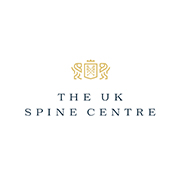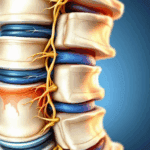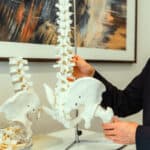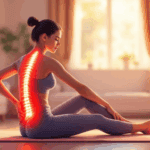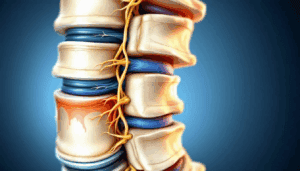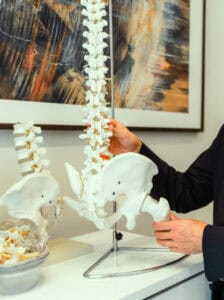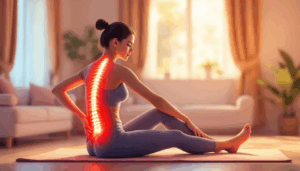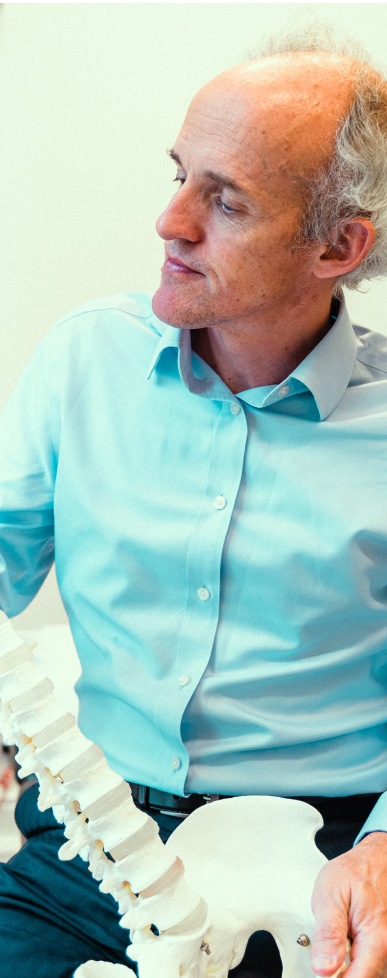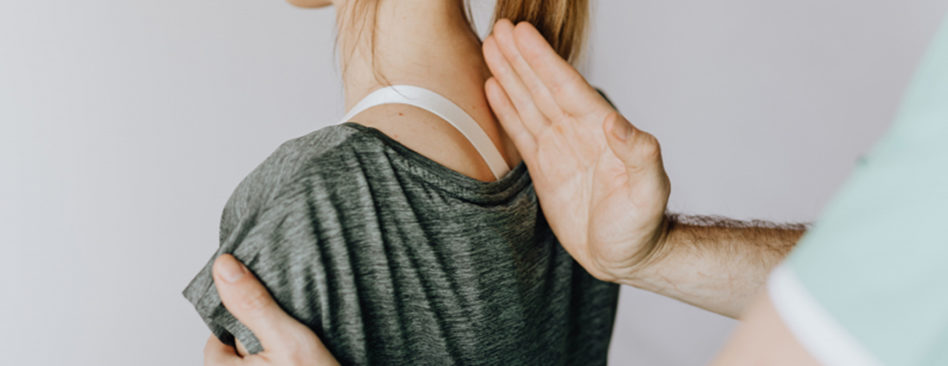
Why do I have a rounded back? The best treatment for bad posture
This article also appears on Top Doctors in collaboration with Caspar Aylott
Kyphosis is the medical term that describes an excessive curvature of the upper part of the spine, causing your back to appear more rounded than normal. We spoke to Mr Caspar Aylott, a highly-regarded consultant spinal surgeon based in London and Cheltenham, to give up an overview of this condition and the treatments available to correct it.
As a spine specialist, I see many people with bad posture. Many patients tell me: ‘My partner tells me I stoop!’, ’friends tell me to stand up straight’, and ‘I hate my hunched back!’ – Do any of these sound familiar to you?
The rather unflattering term ‘dowager’s hump’ refers to increase rounding and prominence of the upper back at the junction with the neck. Unfortunately, being aristocratic, titled (and widowed) is in no way a prerequisite for said hump!
How is your spine put together?
Our spine is cleverly designed with three main curves when we look from the side. In the neck, we have a cervical lordosis; in the trunk, the thoracic kyphosis and the lower back, the lumbar lordosis.
Now here’s the clever part: These curves are unique to each of us – a ‘spinal fingerprint’ if you like.
Some of us have more curvy backs and some of us have straighter backs, and there are advantages and disadvantages to both. I’ll discuss this further in a future article.
The key point is whatever your particular spinal ‘S’ shape and whether you are fat, thin, fair or fertile, from London, Gloucestershire or Timbuktu, your head should be balanced above your pelvis.
So, what is a rounded back?
A ‘rounded back’ refers to the middle curve (the thoracic kyphosis) in your back and implies that your spine is more curved than others.
Why is my back more rounded than others?
There are several possible reasons. Either this is your normal spine shape – most likely inherited from a parent or grandparent who has a similar posture (look at those old family photos!) or you have acquired this posture during your life. There are several causes:
- Scheuermann’s disease – this poorly understood condition develops during adolescence (10 -15 years) making the thoracic spine more rounded. The best treatment is postural advice and extension based strengthening exercises.
- Occupation – difficult to know the true impact of occupation on kyphosis. However, some jobs or activities which require prolonged time in a stooped posture may contribute to a rounded posture. For example miners, floorers, dentists, cleaners, computer operators and cyclists, to name a few.
- Normal ageing – degeneration of the spine, especially in the discs, contributes to the spine becoming more rounded.
- Osteoporosis – thinning of the bones in the skeleton and spine can result in crush fractures leading to a rounded back with increased kyphosis. You can observe this in the stooped elderly person walking down the street – they are looking at the pavement and rarely the sky.
What are the problems with having a rounded back?
- Psychosocial and poor body image – I have never met anyone who likes having a rounded back. Society ‘favours’ upright members standing tall and straight like ballerinas or soldiers. Rightly or wrongly, good posture hints at a good upbringing and a fine education – a ‘more successful person’. Whether we like it or not, physically more attractive people have a head start at interviews, more attractive partners, better jobs, bigger houses and tend to live longer. It shouldn’t be this way but, hey, we can blame social media or the Kardashians.
- Physical problems – I said earlier that whatever your spinal shape, your head should be balanced above the centre of your pelvis. Having a rounded back puts your head out of balance. Your back muscles now have to work very hard to keep you upright. This can cause back pain and fatigue when you are on your feet for too long.
Can I avoid having a round back?
Yes, in some cases; but we cannot change our genetics and some of us will always be more curvy, like our relatives. Think of it positively as unique and special to you. There is, however, plenty that you can do to maintain a better posture during adolescence and adulthood and also to mitigate the consequences of having a round back.
How should I treat my rounded back?
Diagnosis, education and sensible advice are so important.
Considering your occupation, vary your posture at work frequently and improve your sitting position. Have you had a workspace assessment?
Physiotherapy can work really well but takes real commitment. The mainstay of physiotherapy includes stretching exercises to improve flexibility through the back, pelvis and hamstrings and strengthening exercises working specifically on extension based spine strengthening.
NO to back braces
Braces are usually uncomfortable to wear and inhibit you using your muscles.
NO to spinal manipulation
Cracking and crunching does not realign a rounded back!
Do you have osteoporosis or does it run in your family? Consider preventative treatments for osteoporosis through diet, exercise, medications to reduce the chance of developing ‘insufficiency type’ fractures in the spine when you are older.
It is easier to prevent spinal fractures occurring than to treat them after they start. Stable, horse, bolted comes to mind!
If you do develop a painful spinal insufficiency type fracture which has made you shorter and caused you to hunch over then you might be a candidate for balloon kyphoplasty. This is an excellent treatment and I have managed many patients successfully this way. I discuss this in an article I wrote for the Cheltenham Spine Clinic, which I invite you to read.
Final thoughts
There is much to consider in the prevention, diagnosis and treatment of a rounded back. I hope this article has introduced you to some of the best current practice which may help you.
You are welcome to come and see me and we can consider what is best for you.
More Back articles


